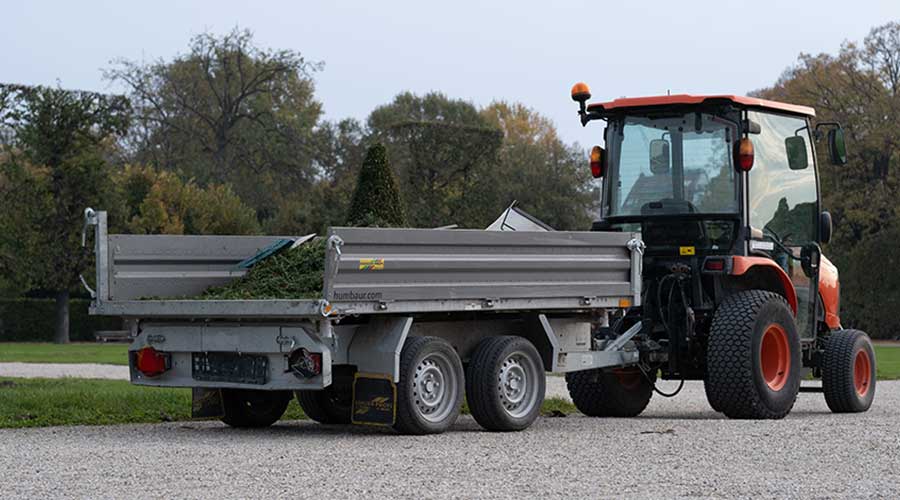Grounds Care: Bioswales Offer Water-Management Benefits
As sustainability continues to exert its influence in every aspect of institutional and commercial facilities, grounds managers are looking for ways to incorporate green tactics and strategies into their landscapes cost-effectively and efficiently. To achieve these goals, managers must understand the full range of benefits these measures can bring to their organizations.
That was the message from a session at the recent NFMT Conference and Expo in Baltimore presented by Kevin O’Donnell, superintendent of grounds with Villanova University, and Robert McCartney, manager of horticulture and grounds with the Cleveland Zoo.
Design Considerations
Bioswales offer water-management benefits by catching, containing and reusing surface runoff from areas such as parking lots, McCartney says. These landscape elements are designed to remove silt and pollution from surface runoff water. They consist of a swaled drainage course with sloped sides and are filled with vegetation, compost and similar materials. The water's path along with the wide and shallow ditch is designed to maximize the time water spends in the swale, which aids in trapping pollutants and silt.
Bioswales keeps the water on site to benefit other landscape elements, including trees and shrubs, McCartney says, and the microbial activity in bioswales breaks down impurities in water, including grease, oil, and other contaminants.
Contrary to what some managers believe, he says, bioswales also tend to minimize the presence of mosquitoes because the landscape features contain diverse plant materials that attract diverse animals, which hold down mosquito populations — even if the areas contain intermittent standing water.
A growing number of organizations also are turning traditional landscaped areas into prairies because of their environmentally responsible characteristics.
McCartney advised managers to fully understand the maintenance requirements of such areas before making the switch.
"Don’t say that they are 'no maintenance,'"McCartney said, adding weeds can quickly become a major headache in prairie areas.
He also advised managers undertaking sustainable practices and incorporating green features not to assume color has no place in such landscapes.
"You don’t need to compromise," he said. "Wherever we know we’re going to have guests is where we load up on color."
Related Topics:












